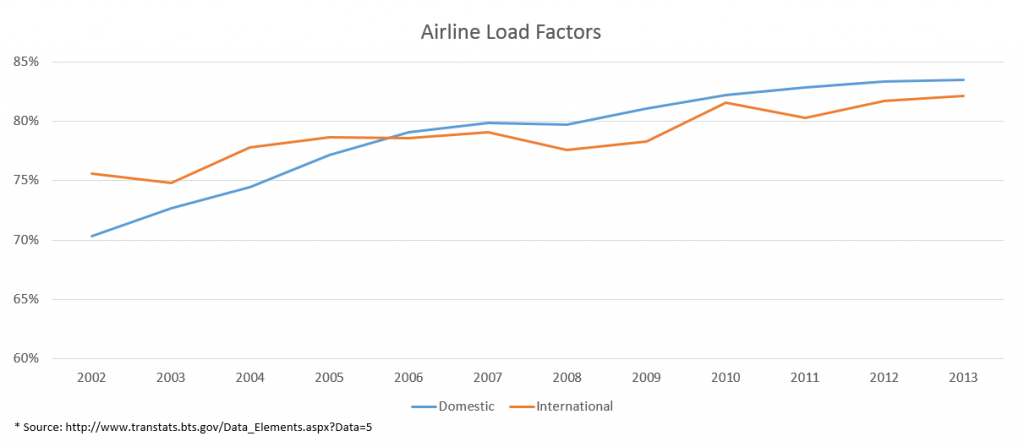Are Amazon and Frequent Flyer Program changes similar?
With the latest news out of Amazon and Frequent Flyer Program both changes and programs in general, I can’t help but see the similarities, and I don’t mean that in a positive way. Background This past week, reports started of Amazon requiring sellers to provide receipts and in some cases, pay as much as $1,500…

